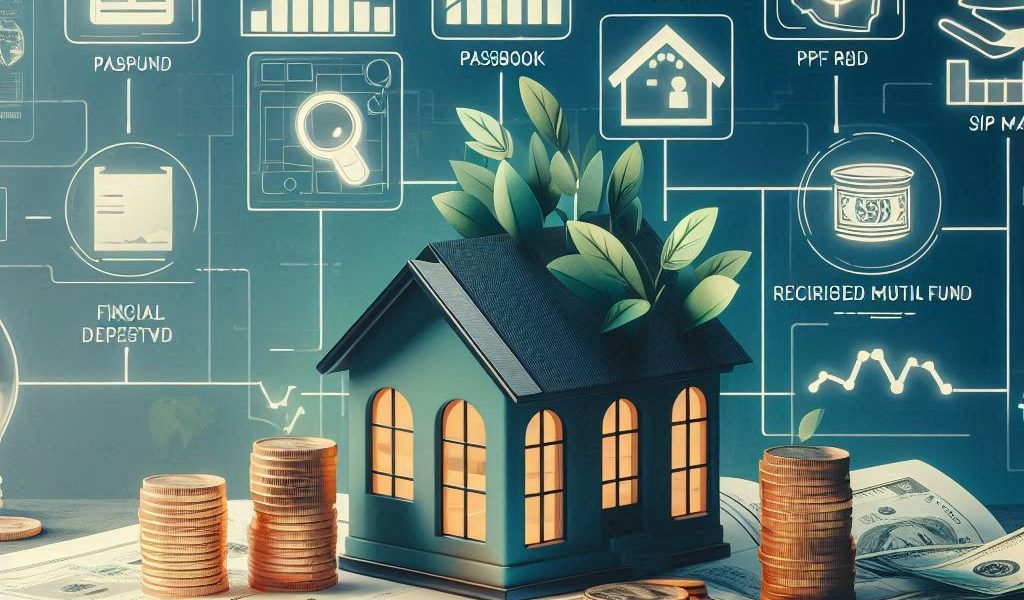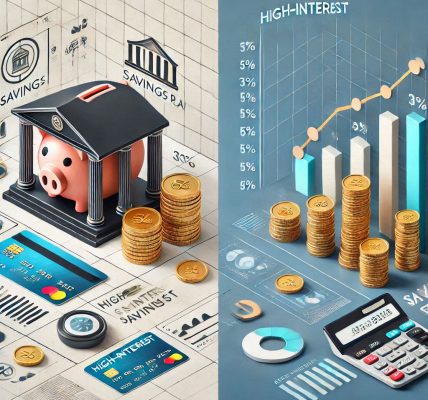Buying a home is one of the biggest financial decisions most people will make in their lifetime. A down payment is often the first major hurdle in this journey, and saving up for it can seem overwhelming. However, with the right approach and a solid saving plan, it’s absolutely achievable. In this blog, we’ll walk you through how to use saving plans effectively to build the down payment you need for your dream home.
Why Saving for a Down Payment Is Important
A down payment is a portion of the home’s purchase price that you pay upfront. The larger the down payment, the less you’ll have to borrow from a lender, which can result in lower monthly payments, a smaller loan, and a better chance at securing a favorable interest rate. Typically, down payments range from 5% to 20% of the home’s price, but the more you can put down, the better.
In order to achieve your down payment goal, it’s important to have a disciplined saving plan in place. Let’s explore some of the best saving plans that can help you save efficiently.
1. High-Yield Savings Account
Best For: Short to medium-term savings with easy access to funds.
If you’re aiming to save for a down payment in the short term (1-3 years), a high-yield savings account is a great option. These accounts offer a higher interest rate than traditional savings accounts, helping your money grow while keeping it safe and easily accessible. Look for accounts with no monthly fees and competitive interest rates to maximize your savings.
Key Features:
- Interest Rates: Typically 0.5% to 2% per year.
- Liquidity: Easy access to your funds whenever you need them.
- Risk: Very low risk, FDIC insured.
2. Fixed Deposits (FDs)
Best For: Medium-term savings with guaranteed returns.
If you’re able to lock in your savings for a specific period, fixed deposits (FDs) are a great choice. Offered by banks and post offices, FDs provide guaranteed returns over a set term, typically ranging from 6 months to 5 years. They are safe, secure, and offer a higher interest rate than a regular savings account.
Key Features:
- Interest Rate: Typically 3% to 7% per year (depending on the bank and tenure).
- Maturity: You can choose a term that aligns with your down payment timeline.
- Risk: Low risk, as FDs are government-backed or insured by the bank.
- Liquidity: Limited access to funds before the maturity period (penalty charges apply).
3. Public Provident Fund (PPF)
Best For: Long-term savings with tax benefits.
While Public Provident Fund (PPF) is generally considered a long-term investment (15 years), it can still be a great option for those who are willing to save for a longer period to build a substantial down payment. The key benefits of PPF include tax-free interest and the ability to grow your money at a competitive rate, especially with compound interest.
Key Features:
- Interest Rate: Around 7.1% per annum (subject to change).
- Tax Benefits: Contributions qualify for tax deductions under Section 80C.
- Maturity: 15 years, but partial withdrawals are allowed after 6 years.
- Risk: Very low, as it is government-backed.
4. Systematic Investment Plans (SIPs)
Best For: Long-term savings with potential for higher returns.
If you’re willing to take on some market risk for potentially higher returns, Systematic Investment Plans (SIPs) in mutual funds could be a great option. SIPs allow you to invest a fixed amount every month into mutual funds, enabling your investment to grow through compounding. Over time, the returns on SIPs can outpace other saving options, making it an ideal choice for those who have a longer horizon to save for their down payment.
Key Features:
- Potential Returns: 8% to 15% annually (depending on the fund performance).
- Flexibility: You can adjust the amount you invest monthly based on your financial situation.
- Risk: Moderate to high risk, as the returns depend on the stock market.
- Liquidity: You can redeem your units after a certain lock-in period (depending on the scheme).
5. Recurring Deposit (RD)
Best For: Regular saving over a fixed period.
A recurring deposit (RD) is another great option for saving regularly towards a down payment. With RDs, you commit to investing a fixed amount every month for a predetermined period, which will earn you interest over time. It’s a great plan for those who want to automate their savings and see their money grow steadily.
Key Features:
- Interest Rate: Around 5% to 7% per annum.
- Maturity: Usually 1 year to 5 years.
- Risk: Low risk, as RDs are offered by banks and financial institutions.
- Liquidity: Limited liquidity, as funds can only be withdrawn after the completion of the term.
6. Tax-Free Bonds
Best For: Long-term savings with tax-free interest.
Tax-free bonds can be a great way to build your down payment if you have a longer saving horizon (5+ years). The interest on these bonds is exempt from tax, making them an attractive option for high-income individuals looking for steady returns. Tax-free bonds can also be a good choice if you’re in a higher tax bracket and want to save on taxes while building wealth for your home.
Key Features:
- Interest Rate: Typically 5% to 6% per annum.
- Tax Benefits: Interest earned is tax-free.
- Maturity: Usually 10 to 20 years, but you can sell them on the secondary market before maturity.
- Risk: Low risk, as they are backed by the government.
Tips for Successfully Saving for Your Down Payment
- Start Early: The earlier you start saving, the more time your money has to grow. Even small contributions can add up over time.
- Set Clear Goals: Determine how much you need for your down payment and set a realistic timeline to reach your goal.
- Automate Your Savings: Set up automatic transfers to your savings account or FD, ensuring consistent savings every month.
- Cut Unnecessary Expenses: Look for areas where you can cut back on spending, such as eating out less or cancelling subscriptions you don’t use.
- Use Windfalls: If you receive a bonus, tax refund, or other unexpected income, consider putting it towards your down payment.
Conclusion: Stay Disciplined and Patient
Saving for a down payment on a house is a marathon, not a sprint. With the right saving plan and a disciplined approach, you can reach your goal and be one step closer to owning your dream home. Whether you choose high-yield savings accounts, fixed deposits, SIPs, or tax-free bonds, the key is to start early, stay consistent, and choose a saving plan that aligns with your financial situation and timeline.




